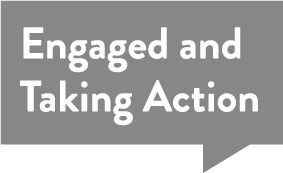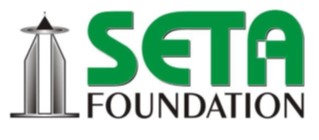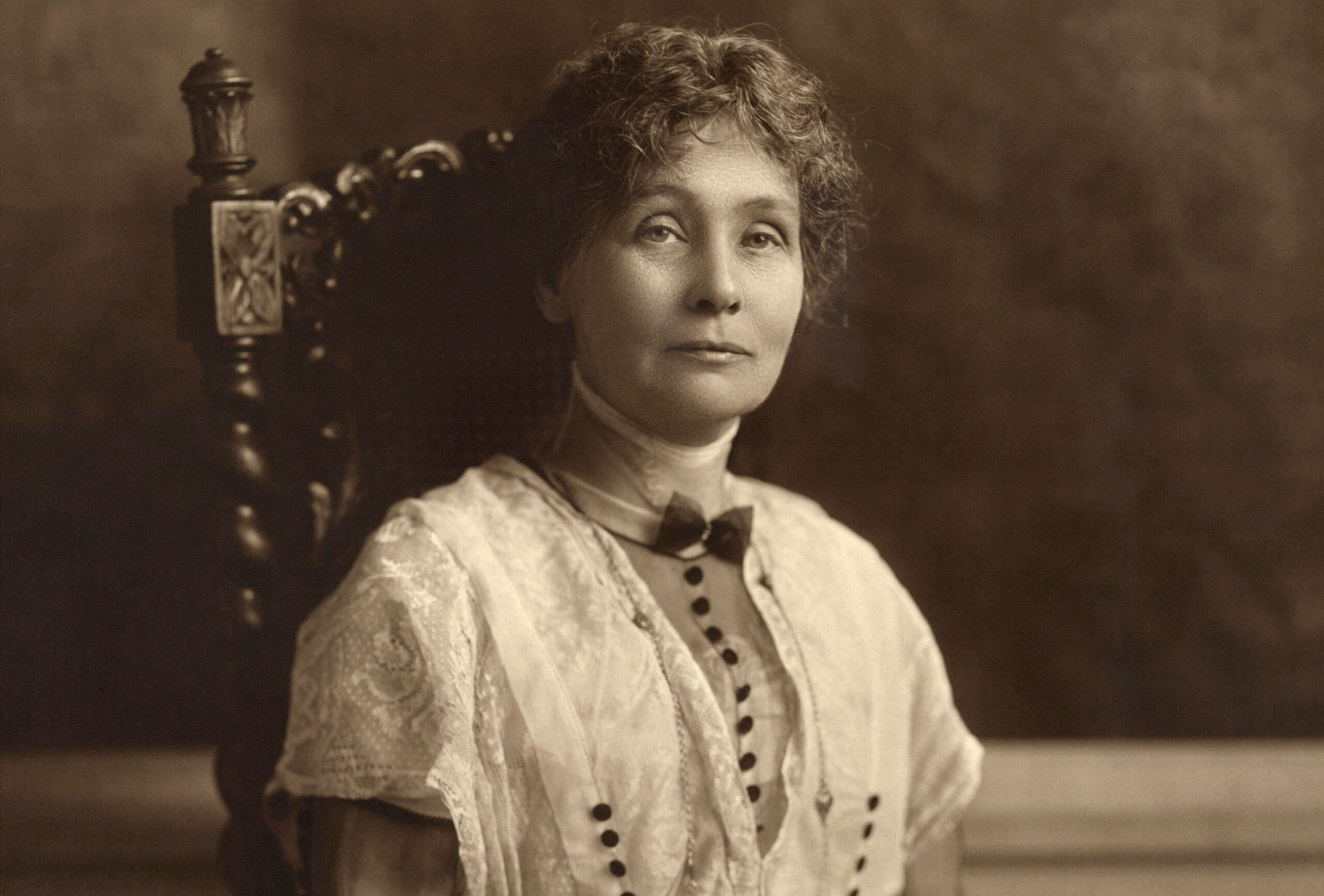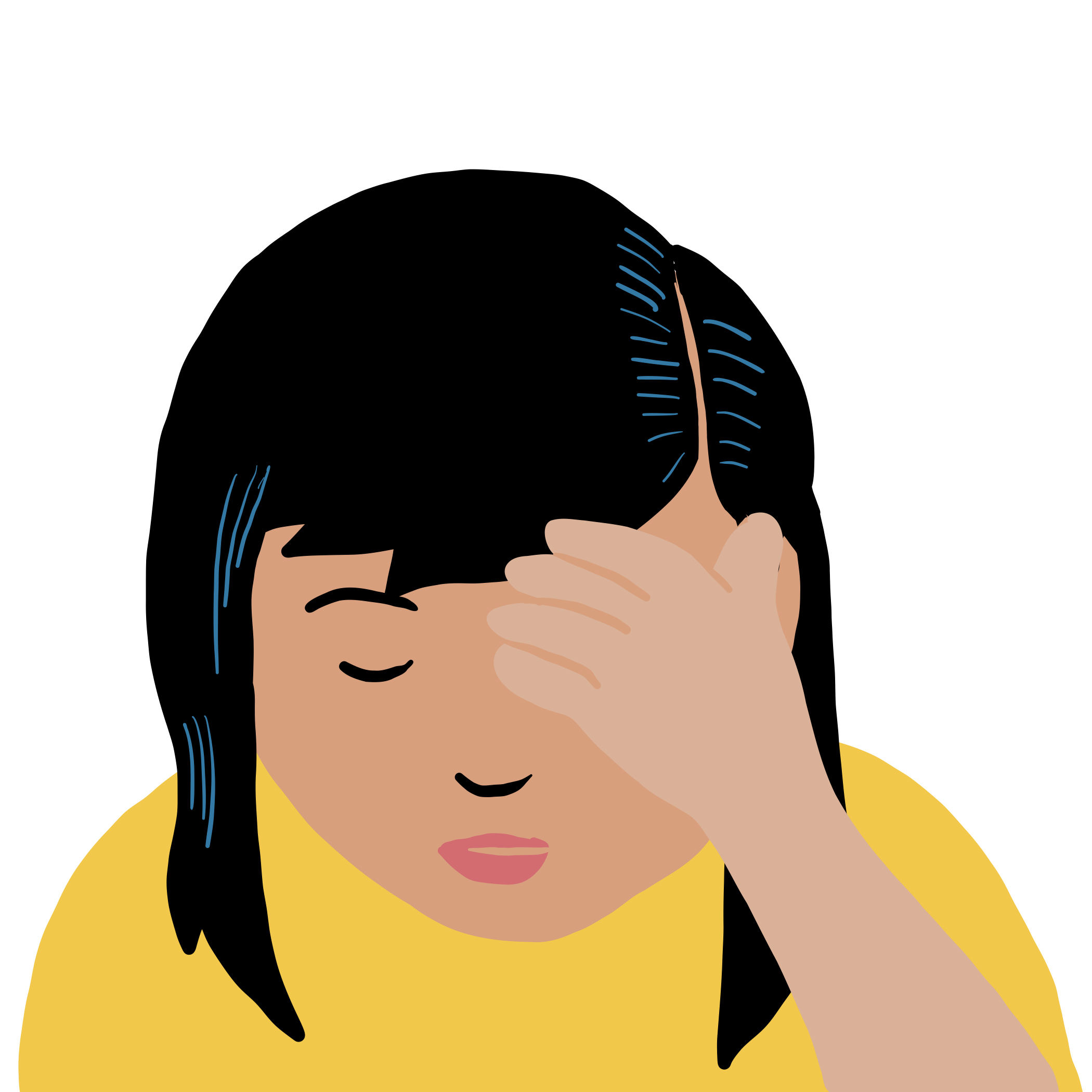Get an Education!
- February 24, 2020
- P4: Quality Education
- Tags: SDG, education, SDG4, sustainability, goals, Sub-Sahara, learn, teach, support
Many countries are improving access to education for persons with disabilities. So far, 34 out of 193 United Nations Member States guarantee in their constitutions the right to education for persons with disabilities or provide protection against discrimination on disability in education.
But still, in almost half of United Nations Member States, students with disabilities can’t be taught in the same classroom as other students. Over all, progress has been made in recent years: 41 per cent of countries in 2017, as opposed to 17 per cent in 2013, provided appropriate materials and communication to support the inclusion of students with disabilities in their schools.
In 72 countries with recent data, approximately seven in 10 children aged three and four were developmentally on track in at least three of the following domains: literacy-numeracy, physical development, social-emotional development and learning.
In 2015, more than half of children and adolescents in primary and lower secondary school worldwide were not achieving minimum proficiency levels in reading and mathematics. Of these, about two-thirds were going to school but were not learning in the classroom, or had dropped out of school.
Some 750 million adults – two thirds of them women – were illiterate in 2016. Half of the global illiterate population lives in South Asia, and a quarter live in sub-Saharan Africa.
Many developing countries still lack basic infrastructure and facilities to provide effective learning environments. Sub-Saharan Africa faces the biggest challenges: at the primary and lower secondary levels, less than half of schools have access to electricity, the internet, computers and drinking water.
Official development assistance for scholarships amounted to $1.3 billion in 2017. Australia, France, Japan, the United Kingdom of Great Britain and Northern Ireland and institutions of the European Union accounted for nearly two thirds of this total.
Globally, there has been little progress in the percentage of primary school teachers who are trained: it has been stagnating at about 85 per cent since 2015. The proportion is lowest in sub-Saharan Africa (64 per cent).






© Copyrights 2024 All Rights Reserved. 17Promises




